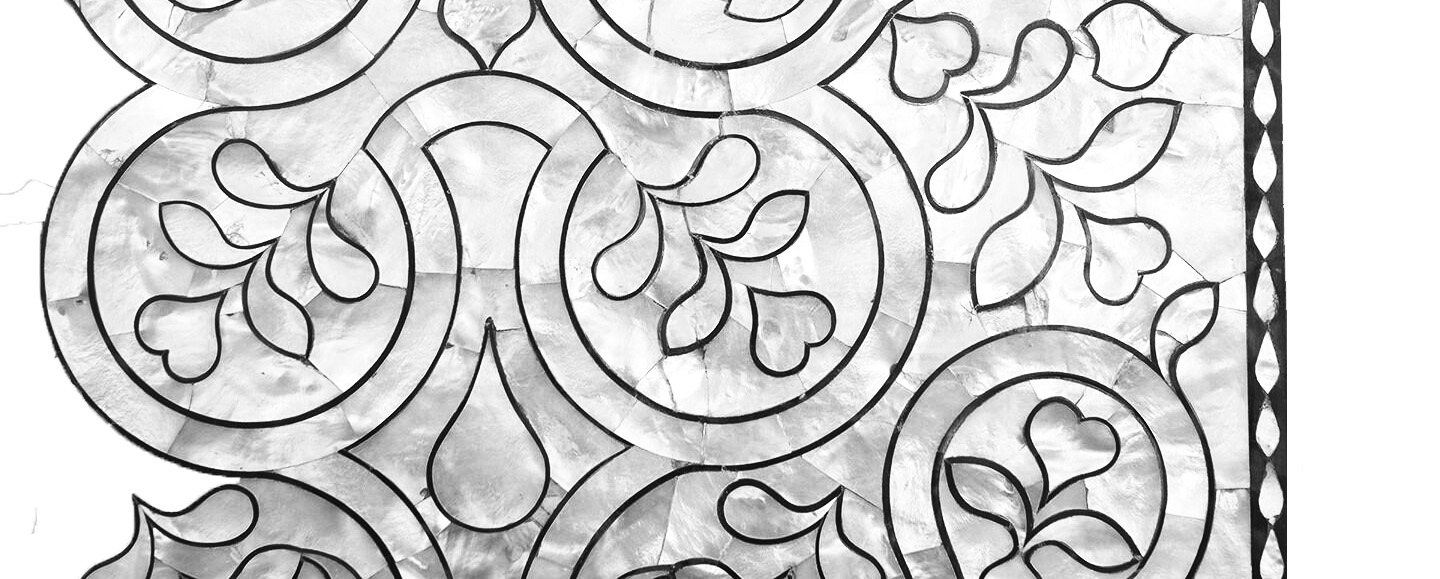This table has a tilt-top and is positioned as it would have been when it was not in use—with the top tilted-up so that it can easily go against the wall to make more space in a formal room, but the gleaming mahogany surface is still on display and can be easily admired.
These types of tables were sometimes called “fly tables”—Newport cabinetmaker Job Townsend, for example, referred to them that way in his account book. They were also referred to as “pillar and claw,” “claw tables,” and—some onomatopoeia—“snap tables,” for the satisfying sound they make when the top clicks into place.
The technology that makes the top tilt also made this table easy to assemble and to ship for export—so it was an attractive, and financially sound, way of making a tea table.
The most unusual feature of this tea table is the center pedestal, featuring five small drawers. You may notice that the drawers could be locked with a key—which suggests that the contents inside the drawers were precious and valuable.


